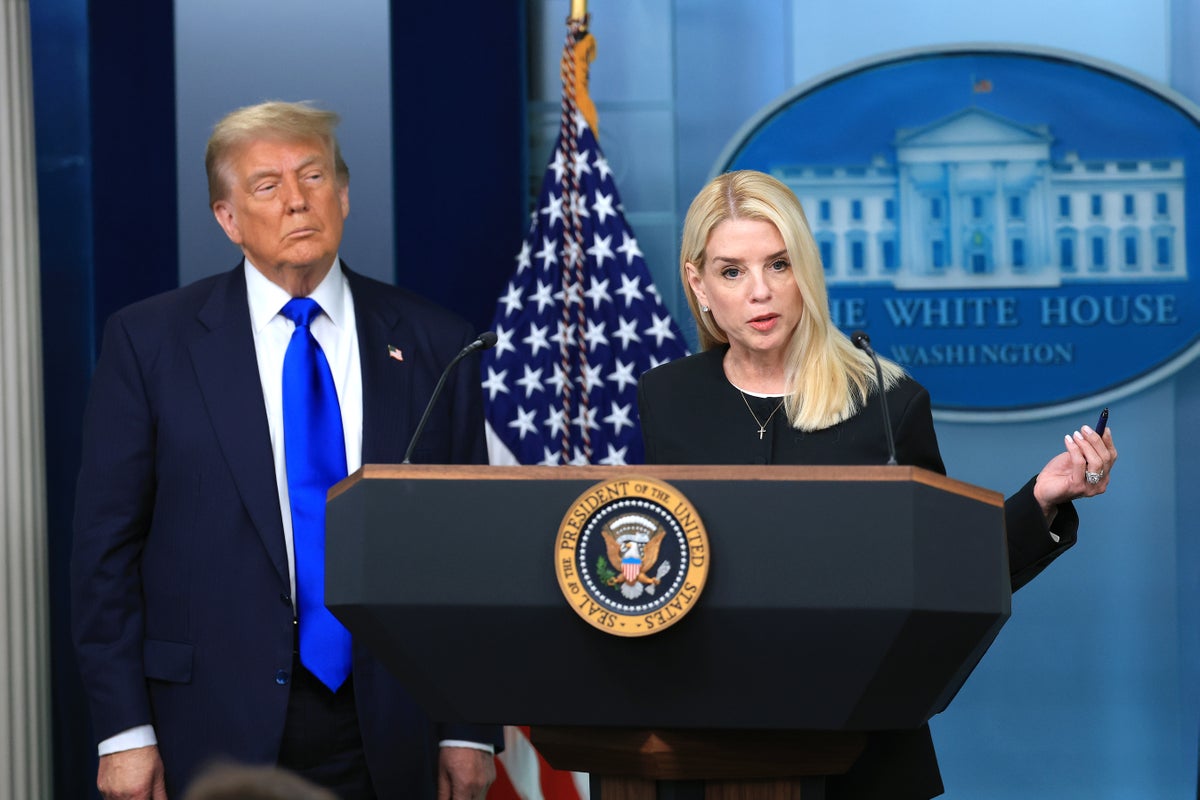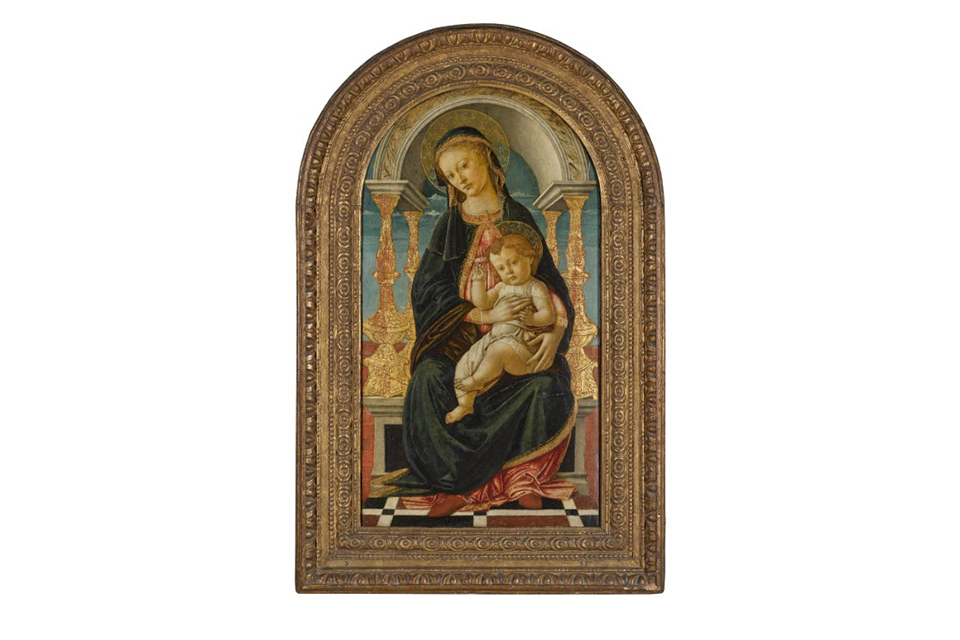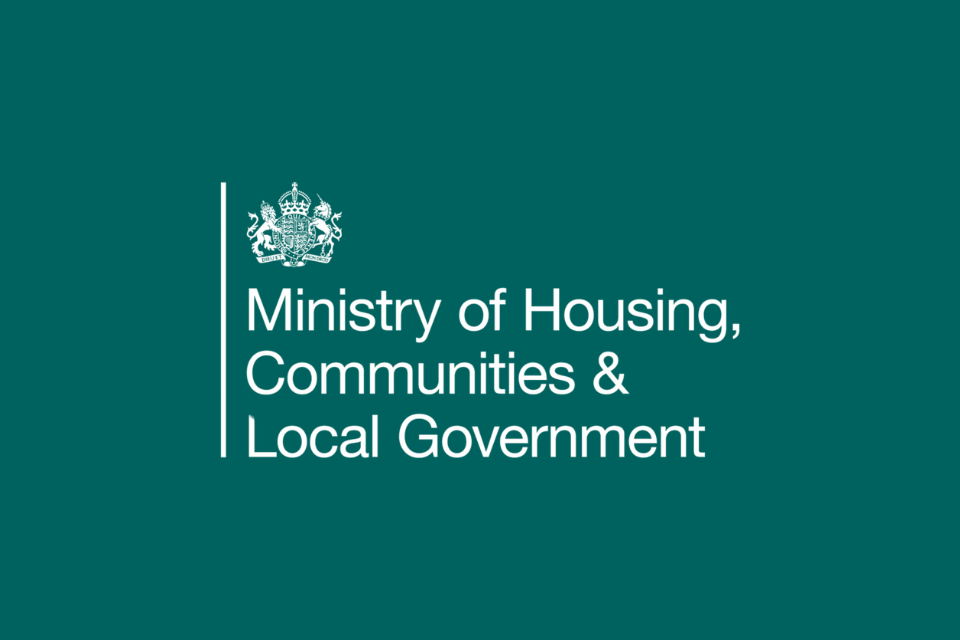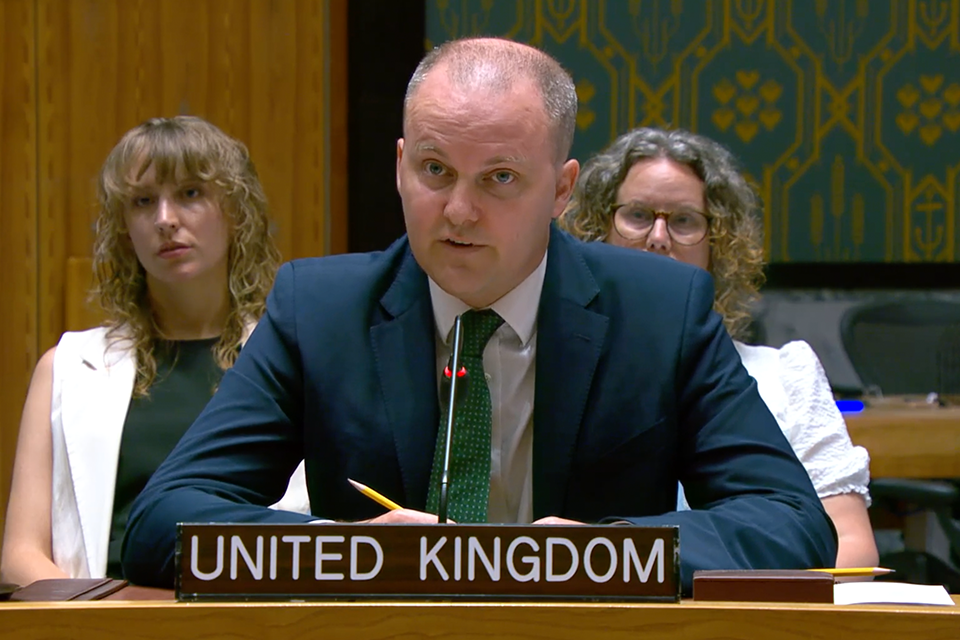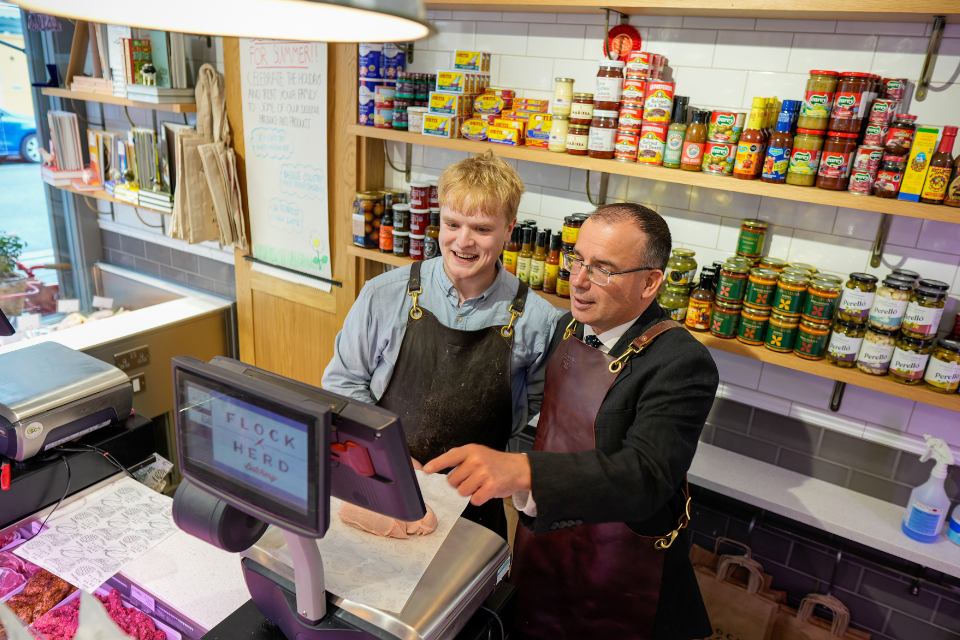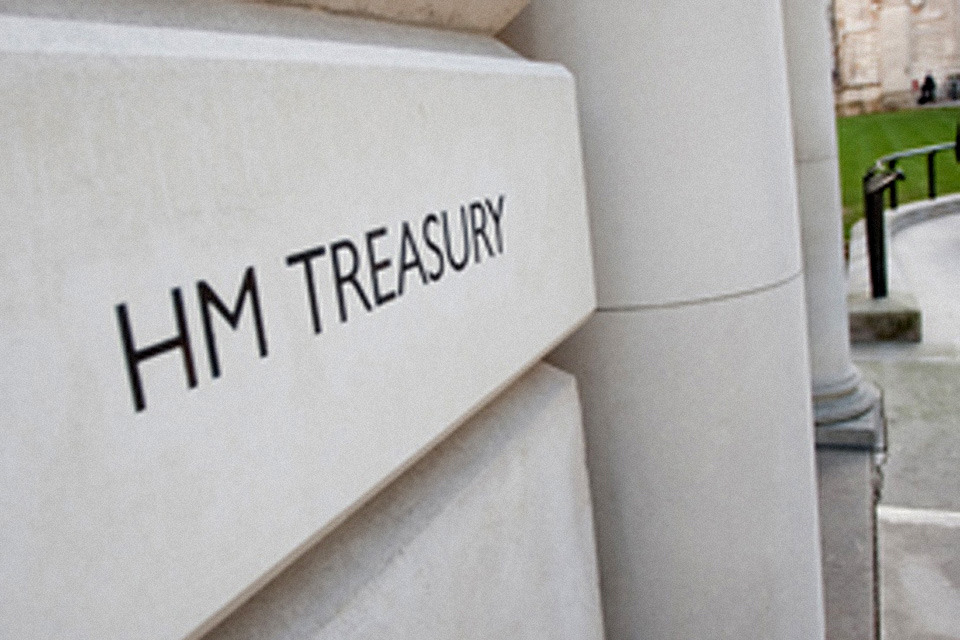- The work has been valued at £10.2 million
- The export bar will allow time for a UK gallery or institution to acquire the painting for the nation
An export bar has been placed on a painting by Italian master, Sandro Botticelli, which is at risk of leaving the UK.
Botticelli was one of the leading Florentine painters of the second half of the fifteenth century and one of the most recognisable names in art history. Botticelli became well-known for his mythological and religious paintings, often with a focus on beauty and harmony. His most famous works include The Birth of Venus and Primavera.
Valued at more than £10.2 million (£9,960,000 + £272,000 VAT) the painting depicts an image of the Virgin Mary enthroned with the Christ Child and is believed to have been painted in the 1470s, early in Botticelli’s career. If saved by a cultural institution, the painting would represent a significant addition to the body of work by Botticelli in UK collections. Very few early Botticelli’s remain in the UK and it would provide a richer and more detailed understanding of his work and the development of Florentine painting in the later fifteenth century.
The Virgin and Child Enthroned exemplifies Botticelli’s ability to combine radiant humanity and powerful spirituality. The shape and angle of the Virgin’s face bear similarities to the central Venus in Botticelli’s celebrated Primavera, painted in the late 1470s or early 1480s.
The artist has also given exceptional attention to the Virgin’s features, with the light catching her upper eyelids, the tip of her nose and the cupid’s bow of her lips.
Arts Minister, Sir Chris Bryant said
This painting is a perfect example of Botticelli’s genius and a unique part of history.
I hope that a UK gallery is able to save this work so that it can be enjoyed by the public for generations to come.
Christopher Baker, Committee member
Dating from the early 1470s, this affecting devotional work, demonstrates the sophistication of Botticelli’s painting early in his career in Florence. Probably intended to inspire private prayer in a domestic setting, it is an image that has a wider resonance as it delicately explores the power of maternal love.
The cult of, or enthusiasm for Botticelli, of which it formed a part, had grown during the Victorian era and the painting arrived in Britain in 1904; it was acquired by Lady Wantage and entered the renowned Lloyd collection.
Further research on the placement of Botticelli’s work in his career and the organisation of his workshop, as well as links with the wider context of Florentine Renaissance art would all be of enormous benefit. In view of these intriguing possibilities every effort should be made to try and secure this beguiling painting for a British collection.
The Minister’s decision follows the advice of the Reviewing Committee on the Export of Works of Art and Objects of Cultural Interest.
The RCEWA Committee found that The Virgin and Child Enthroned painting met the third Waverley criterion for its outstanding significance for the study of western art and its reception in later periods, Botticelli, the process and practice of Florentine workshops, and the history of collecting in the UK.
The decision on the export licence application for the painting will be deferred for a period ending on 8 August 2025 inclusive. At the end of the first deferral period owners will have a consideration period of 15 business days to consider any offer(s) to purchase the painting at the recommended price of £9,960,000 (plus VAT of £272,000, which can be reclaimed by an eligible institution). The second deferral period will commence following the signing of an Option Agreement and will last for six months.
Offers from public bodies for less than the recommended price through the private treaty sale arrangements, where appropriate, may also be considered by the Minister. Such purchases frequently offer substantial financial benefit to a public institution wishing to acquire the item.
Notes to editors
- Organisations or individuals interested in purchasing the panel should contact the RCEWA on 02072680534 or [email protected].
- Details of the item are as follows Alessandro di Mariano Filipepi, called Sandro Botticelli (1444/5–1510)
The Virgin and Child enthroned, early 1470s
Tempera on panel, 83.3 x 44.9 cm - Provenance Oratorio of San Giuliano, in the Convent of San Giuliano, which was later bought and rebuilt by the Calasanzian order, via Faenza, Florence, by the early 19th century;
Placed in the chapel of a convalescent home for the sick bretheren of the Calasanzian Order or Scuole Pie of Florence, Comezzano, near Vaggio, Figline Valdarno, Province of Florence;
By inheritance with the property to the Graziani family, remaining in situ until
about 1900;
Giovanni Magherini Graziani (1852–1924), Poggitazzi, Terranove Bracciolini, near Arezzo, and via Pinti, Florence;
By whom sold, in November 1903, to the dealer Elia Volpi, Florence;
From whom bought by Harriet Sarah Jones Loyd, Lady Wantage (1837–1920), in May 1904;
Thence by descent at Lockinge House, Wantage, and after 1944 at Betterton House, near Wantage, Berkshire. - The Reviewing Committee on the Export of Works of Art and Objects of Cultural Interest is an independent body, serviced by Arts Council England (ACE), which advises the Secretary of State for Culture, Media and Sport on whether a cultural object, intended for export, is of national importance under specified criteria.

